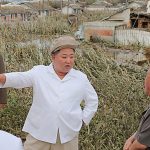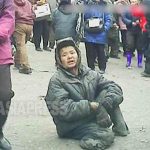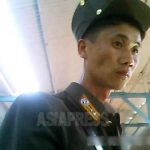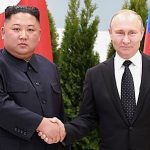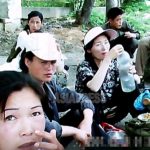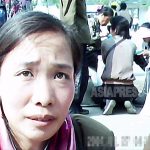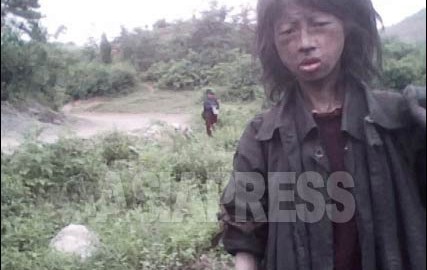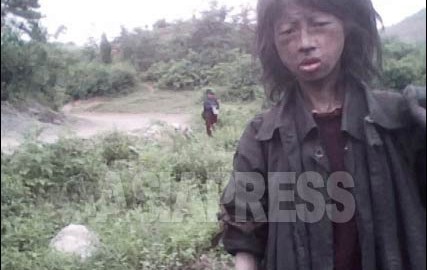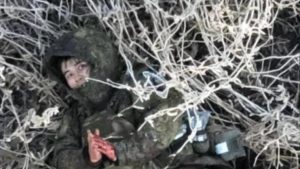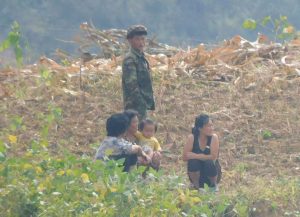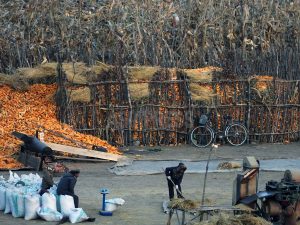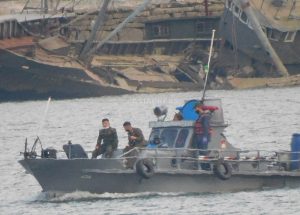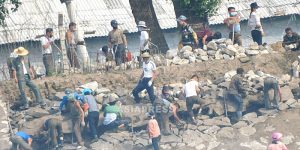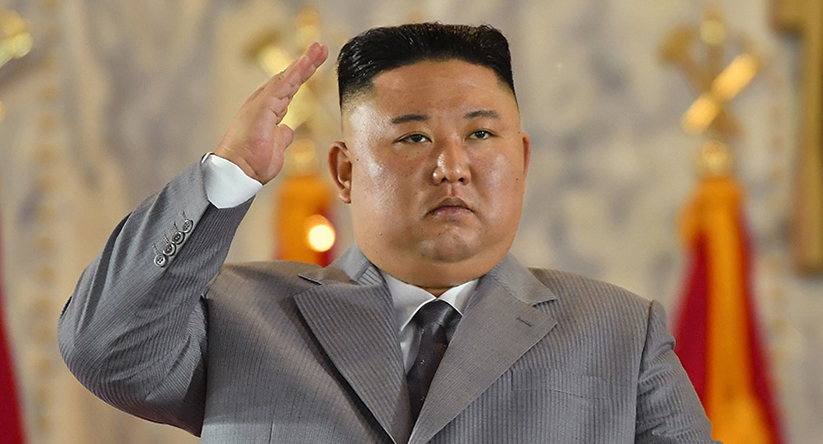
Sixty to seventy per cent of North Korea's electricity comes from hydropower. As a result, the country suffers from chronic power shortages every winter when rivers freeze over. In early spring, when the ice melts, the electricity situation recovers. Still, for the past several years, houses in the northern region of the country have received electricity for only about three to five hours a day.
This year, the electricity situation is even worse. In North Korea, electricity for civilian use is called the "residents' line," and electricity for production facilities, the party and administrative organs, as well as for cooperative farms is called the "industrial line."
As of May, the "residents' line" in the country's northern region was only supplied for about one to three hours a day. This is because it was cut to give priority to the "industrial line." According to our reporting partner living in the northern area, the "industrial line" was in service for about eight hours a day at that time.
After that time, however, the reporting partner said that the power shortage became worse day by day. During the heat waves and periods of low rainfall in July, we received reports from many places that they could not pump water into their fields because of the lack of electricity. In addition, the "industrial line" has also begun to be paralyzed.
◆ Even in the city centre, the power only comes on for an hour or two hours a day.
"In my apartment in the city centre, the electricity only comes on for one or two hours a day. In some areas, there is no electricity at all. Recently, the electricity supply to the 'industrial line' has also been disrupted."
In mid-August, a reporting partner living in the Hyesan city in the northern region of Ryanggang Province reported this information to us.
What is the cause? The reporting partner met with an official of the Electricity Distribution Department, which oversees the electricity supply and facilities, and asked him about the situation.
“The reason for the lack of electricity supply is partly due to the lack of water resources, but also because the power generation system itself has been paralyzed. Even if the power generation and transmission facilities fail, we cannot import machines and parts from China. Even if they try to make up for it with domestically produced equipment, the quality is so poor that it breaks down immediately.”
Machines and parts are not coming in from China because the Kim Jong-un regime has blocked the Chinese border to prevent coronavirus from spreading, resulting in a sharp decline in trade.
Currently, there are plans to install solar and wind power at the national level. The installation will go ahead once the border with China opens, an official of the power distribution department said, according to the report. However, with the Delta variant, which is now spreading worldwide, the prospect of reopening border trade with China is not promising.
As power shortages are nothing new, households that can afford it have been buying and using Chinese-made solar panels for about ten years. A small one costs about 2,000 to 3,000 yuan. However, now that Chinese trade has been stopped, "you can't get them even if you pay 20,000 yuan," said the reporting partner. ※One RMB is equal to about 1.54 USD.
The "electric hardship" of the North Korean people is likely to continue for the time being (Kang Ji-won).
※ASIAPRESS contacts its reporting partners in North Korea through smuggled Chinese mobile phones.
- <Inside N. Korea> Forced to provide flood support by saying “give voluntarily." Residents protest that “the government has no money and is forcing the people to bear the burden.” (2021-08-13)
- <Latest Photo Report> Scenes of North Korea Captured by a Super-telephoto Lens (1) The Disappeared Residents. The strictly guarded border is full of soldiers. [ISHIMARU Jiro] (2021-08-10)
- <Inside N. Korea>Domestic Currency Appreciates by 22% as Chinese Yuan and U.S. Dollar Mysteriously Plunge Again (2021-08-05)
- <Inside N. Korea> Cash-Strapped State Releases Prisoners and Reduces Sentences Due to Dwindling Supplies of Food (2021-08-02)
- <Inside N. Korea> Last Resort: Urban Poor Flee to Farming Villages to Beg for Food (2021-07-27)
- <Inside N. Korea>Discharged But Disgruntled: Former Soldiers Wreak Havoc After Being Sent to Cooperative Farms (2021-07-26)
